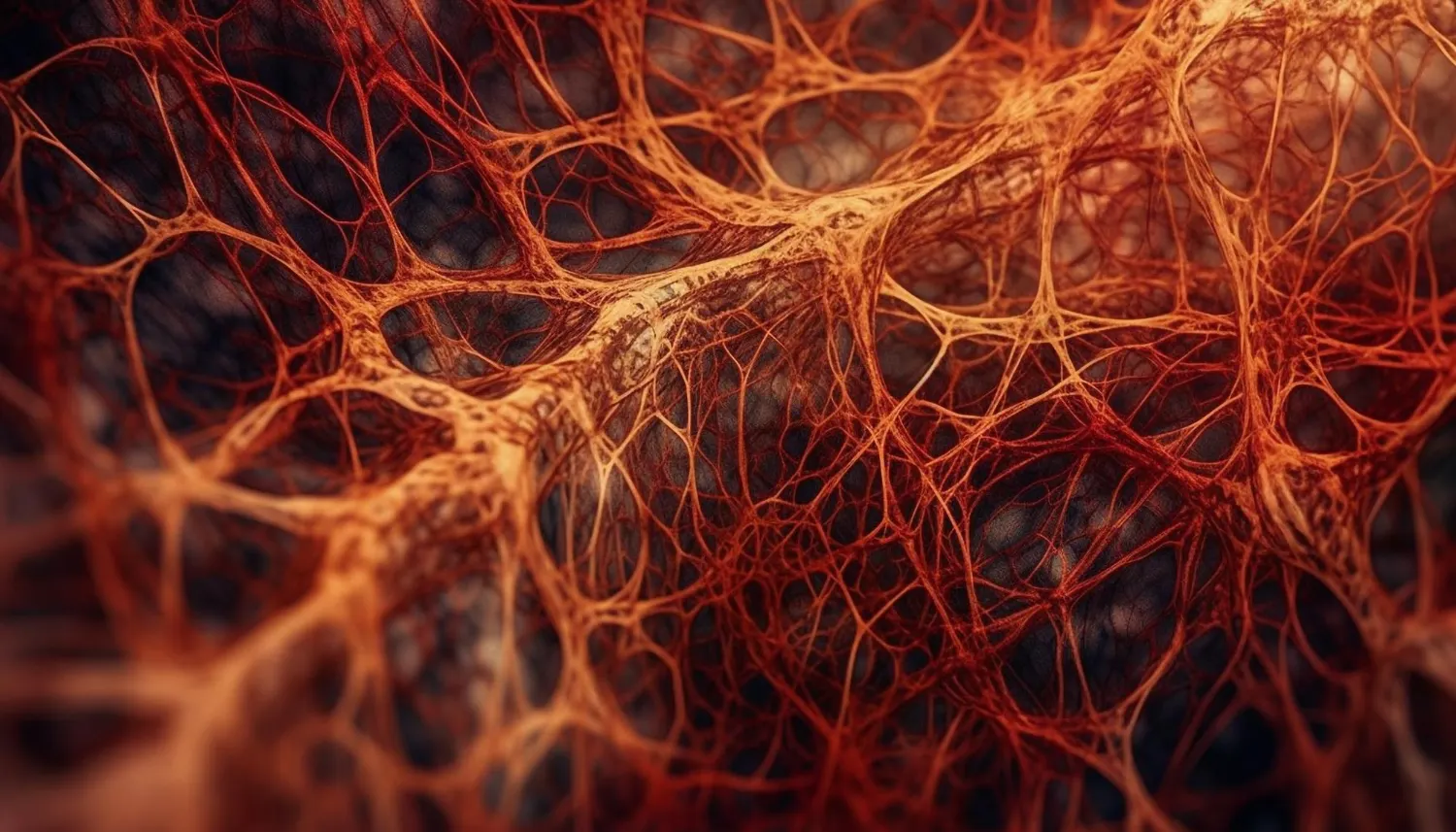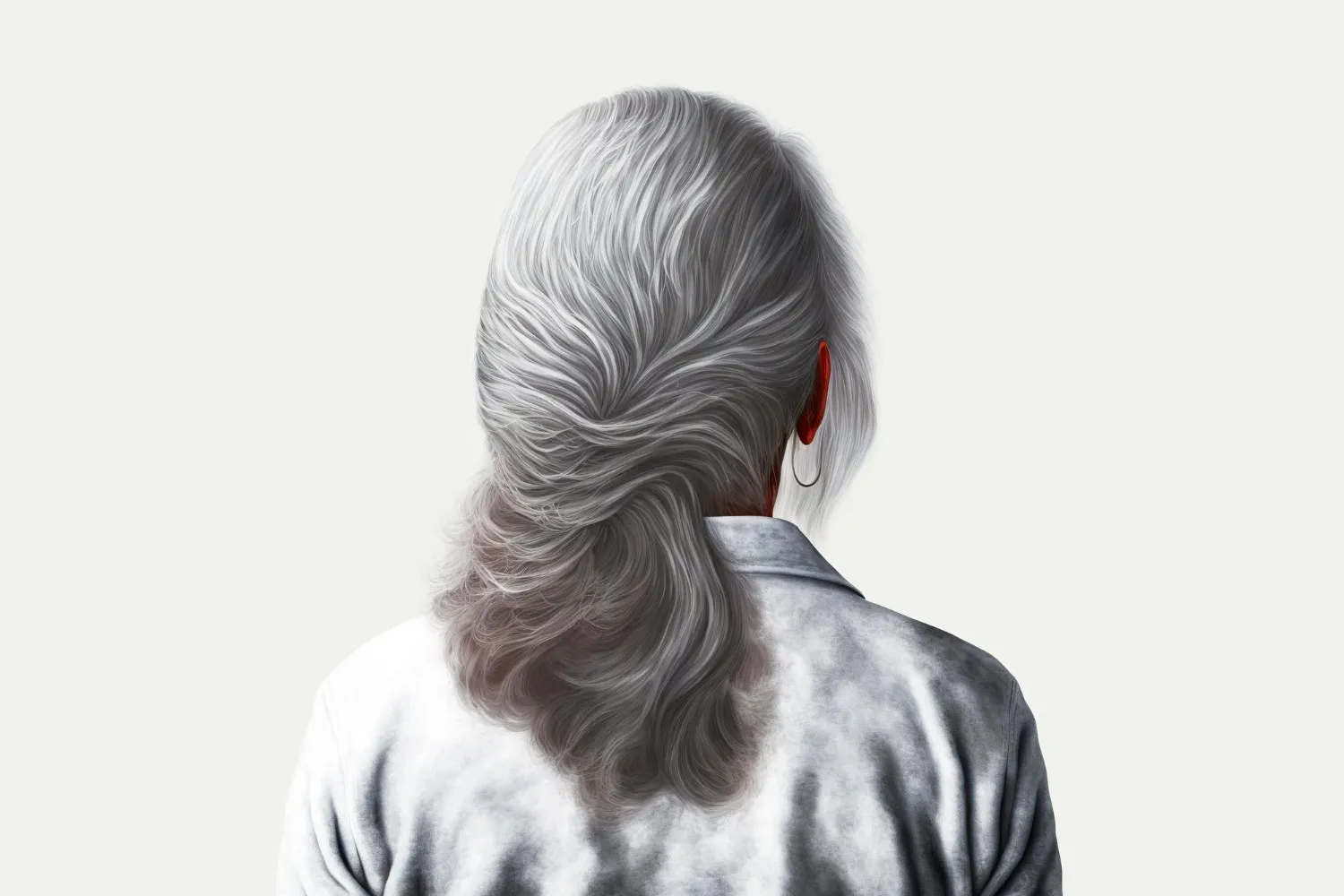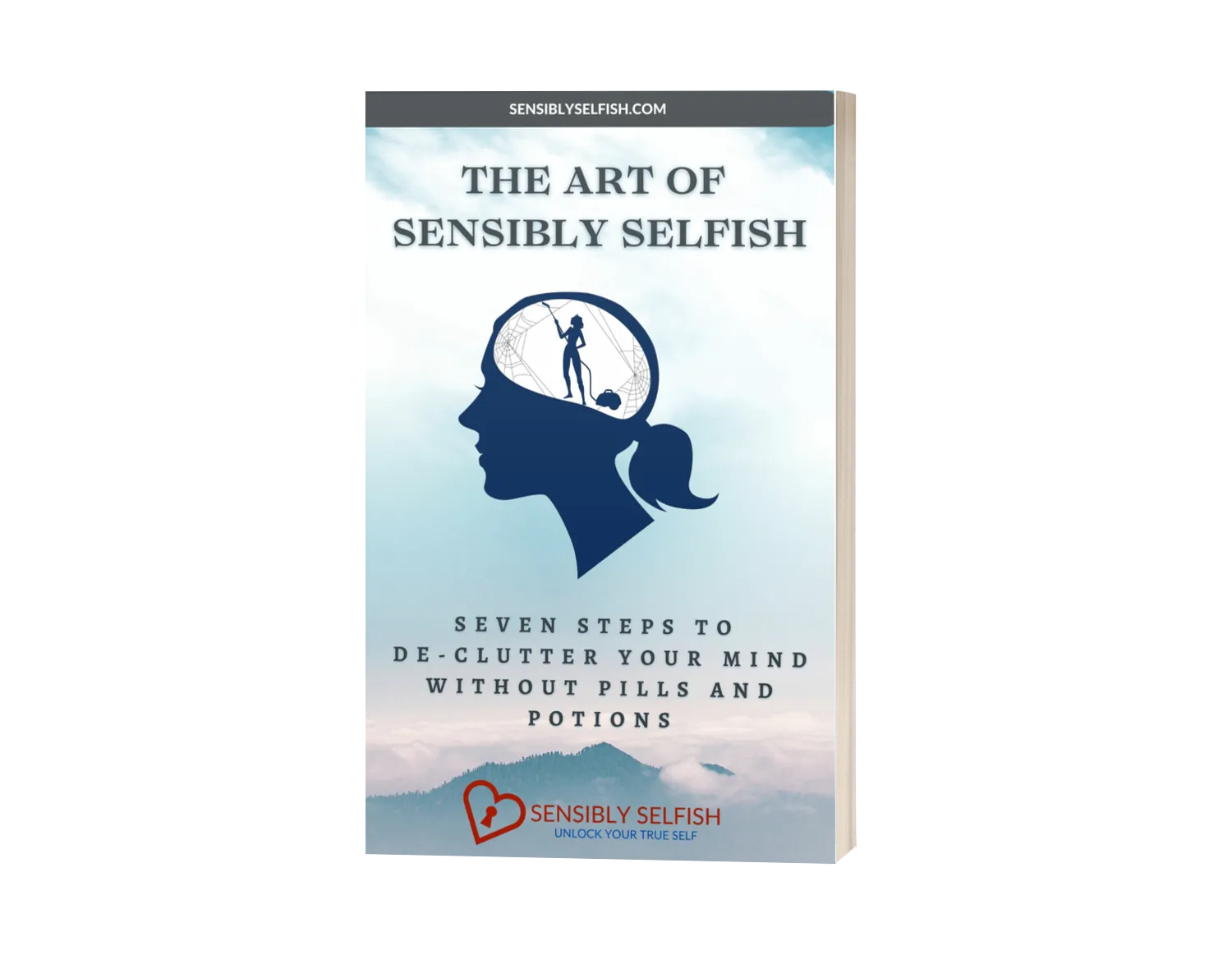Fascinating Fascia for Fitness at Forty+
An Adventure of Painless Possibilities
Imagine the scenario…
You wake up one morning with excruciating back pain, the kind that brings your life to a standstill. Every movement feels like a dagger piercing through your body, and even taking a breath becomes a fearful task. The pain is so intense that tears stream down your face without warning. Even your once comfortable bed feels like a nightmarish trap, knowing that once you lie down, you might never find a way to get up again.

Desperate for relief, you turn to the medical profession, hoping they can unravel the mystery behind your suffering. You undergo numerous tests, from x-rays to bone scans and MRIs, and are subjected to cortisol injections and painkillers until you become a walking pharmacy, experiencing allergic reactions along the way. Frustrated with the limited success of conventional treatments, you venture into the realm of alternative therapies, exploring avenues such as osteopathy, chiropractic, Tai Chi, acupuncture, massage, breathwork, and personal development, to name just a few.
Yet, both the pursuit of natural remedies and modern medical interventions prove to be a draining and costly endeavor, consuming your time and energy. The nightmare of pain persists, leaving you feeling hopeless. But then, just when you thought there was no escape, a glimmer of hope appears. You stumble upon a revelation that challenges the traditional understanding of back pain. It emerges that there is more to this agonizing condition than just muscles, ligaments, and bones. There lies another dimension, a gateway to a new fissure and liberation: fascia.

Finding the Fascia Fissure
Fascia, often described as a complex and intricate web, permeates throughout the body, forming a continuous network that connects and envelops various structures. It serves as a vital connective and protective framework, encasing muscles, bones, organs, and deeper layers of tissue just beneath the surface of the skin. Think of fascia as a supportive scaffolding that plays a crucial role in maintaining the body's structural integrity and facilitating proper movement.
When the fascia functions optimally, the body operates in harmony. It allows for fluid and unrestricted movement, ensuring that muscles, joints, and organs can perform their respective functions without hindrance. However, when knots or restrictions develop within the fascial network, it can disrupt this delicate balance. These adhesions or tight areas can impede the body's natural range of motion and result in discomfort or pain that may manifest in unexpected regions.
What makes fascia particularly fascinating is its status as the largest organ in the human body, as well as its remarkable sensitivity. Its extensive coverage and interconnections mean that a problem in one area of the fascial network can potentially reverberate throughout the entire body, causing a cascade of symptoms and limitations.

For instance, consider the impact of consistently sleeping in a curled-up fetal position. Over time, this habit shortens and contracts the fascia, restricting the space available for internal organs to function properly. Consequently, getting out of bed becomes increasingly challenging, and long-term poor posture can lead to a host of issues affecting the overall well-being of the body.
Fortunately, the forgiving nature of fascia offers hope. It possesses a remarkable ability to adapt and change. Through intentional and mindful movement, such as exercise and stretching, the fascial tissues can gradually regain their natural elasticity and return to their original shape. This means that with proper care and attention, we have the power to restore and optimize the function of our fascia, promoting better overall physical well-being.
Forgotten Fascia
The understanding of fascia and its significance has indeed been a relatively recent development in the field of human anatomy and physiology. There are a few reasons why fascia has gained increased attention and deeper exploration in recent years:
The historical focus on other structures
Traditional anatomical studies and medical teachings have primarily focused on the more visible and easily identifiable structures of the body, such as bones, muscles, and organs. Fascia, being a delicate and intricate network that is not as readily visible, received less attention and was often disregarded or considered a mere "packing material" with limited relevance. Therefore, its intricate nature and importance were overlooked for a long time.
Technological advancements
The advancement of medical imaging technologies, such as magnetic resonance imaging (MRI) and ultrasound, has allowed for more detailed visualization and examination of the body's structures, including fascia. These imaging techniques have enabled researchers and clinicians to observe fascial patterns, connections, and abnormalities in living subjects, providing valuable insights into their function and role.

Interdisciplinary research and collaboration
Fascia research has benefitted from the collaboration between various disciplines, such as anatomy, biomechanics, physiology, and manual therapy. Professionals from different fields, including anatomists, physical therapists, osteopaths, and movement experts, have contributed their expertise and perspectives, leading to a more comprehensive understanding of fascia's role in the body.
Clinical observations and patient experiences
Over time, clinicians and therapists started noticing patterns and phenomena that couldn't be solely explained by traditional anatomical models. Patients' experiences of pain, movement restrictions, and the efficacy of certain therapies directed attention towards the fascial system as a potential underlying factor. These clinical observations, coupled with patient feedback, spurred further investigation and research into fascia.
Scientific studies and evidence
In recent years, there has been a surge in scientific studies dedicated to understanding fascia's structure, function, and clinical implications. These studies have provided evidence supporting the importance of fascia in various aspects of human health, such as movement, pain perception, injury prevention, and even the transmission of mechanical forces throughout the body.
As a result of these factors, our understanding of fascia has undergone significant advancements, shedding light on its role as a crucial connective tissue that influences the body's overall function and well-being. The growing body of research continues to expand our knowledge of fascia and its implications, further emphasizing its significance in both clinical and everyday contexts.

The Practice
Meet Saskia Griffiths, a person well acquainted with pain due to her background in extreme sports and passion for horses. Determined to find a painless solution, Saskia embarked on a remarkable journey that took her across the globe. Drawing from both Eastern and Western philosophies, she delved into disciplines like Bowspring and tensegrity, breathwork, quantum physics, and sacred geometry, accumulating over twenty years of invaluable knowledge and experience.
Combining her extensive learnings, Saskia has distilled her wisdom into a transformative approach known as The Practice. This holistic method encompasses three fundamental components: the root, trunk, and openness. By focusing on these elements, The Practice enhances self-awareness of posture, heightens tactile sensitivity, improves strength and fluidity, and imbues a sense of lightness in the body. But the benefits extend beyond the physical realm; engaging in The Practice also cultivates mental focus, self-control, self-acceptance, and patience.
Through Saskia's dedication and synthesis of diverse disciplines, she has created a powerful framework that empowers individuals to take charge of their well-being. The Practice not only addresses physical discomfort but also facilitates a deeper understanding of oneself, promoting a harmonious balance between body and mind. Saskia's unique blend of knowledge and experience has brought forth a transformative approach that offers a path towards holistic wellness and personal growth.
Case Study - Kimberley
When Kimberley sought relief from her chronic pain aged 55, she turned to Saskia Griffith for assistance. Little did she know that this journey would lead her to a profound level of self-awareness, unveiling hidden spaces within her own body that had gone unnoticed for years. Through Saskia's guidance, Kimberley embarked on a remarkable exploration of herself from the inside out, an exhilarating and transformative experience that surpassed her expectations.
During her sessions, Kimberley discovered neglected areas of her body and tapped into previously untapped potential. Simple actions, like finding comfort while sitting on a chair or learning to utilize her rib cage to provide support for her neck, contributed to a newfound confidence. What was once a source of fear—her chronic pain—became a vessel for understanding and adjusting the space within her body, leading to an empowering and liberating realization.

One of the remarkable aspects of Saskia's approach is its accessibility. With sessions conducted conveniently over Zoom from the comfort of Kimberley's own home, she could embark on a journey of self-discovery without leaving her familiar surroundings. Beyond the structured sessions, Kimberley also found that she could incorporate The Practice into her daily routine, even if it was just for a few moments throughout the day. Connecting to the ground, lifting and opening her rib cage, and engaging her core muscles became powerful tools for maintaining her newfound sense of well-being.
Kimberley's story highlights the transformative potential of The Practice and how it can guide individuals on a profound journey of self-discovery and healing. Through Saskia's expertise and guidance, Kimberley not only found relief from her chronic pain but also unlocked a newfound connection with her body, leading to increased confidence and a greater sense of empowerment in her daily life.

Embracing Fascia
The exploration of fascia and the transformative power of work like The Practice, guided by experts like Saskia Griffith, offers a new paradigm for understanding and addressing chronic pain and promoting holistic well-being. By delving beyond traditional approaches and embracing the intricate interconnectedness of the body, we can unlock a deeper level of self-awareness and tap into untapped potential.
As Kimberley's journey demonstrates, pain can become a catalyst for growth and self-discovery, leading to a profound shift in how we perceive and inhabit our bodies. With continued exploration and integration of these approaches into our daily lives, we have the opportunity to reclaim our physical and mental well-being, fostering a sense of empowerment and liberation.
Let us embrace the potential of fascia, The Practice, and the wisdom of experts like Saskia Griffith to embark on our own transformative journeys towards a life of greater vitality, harmony, and self-fulfillment.









